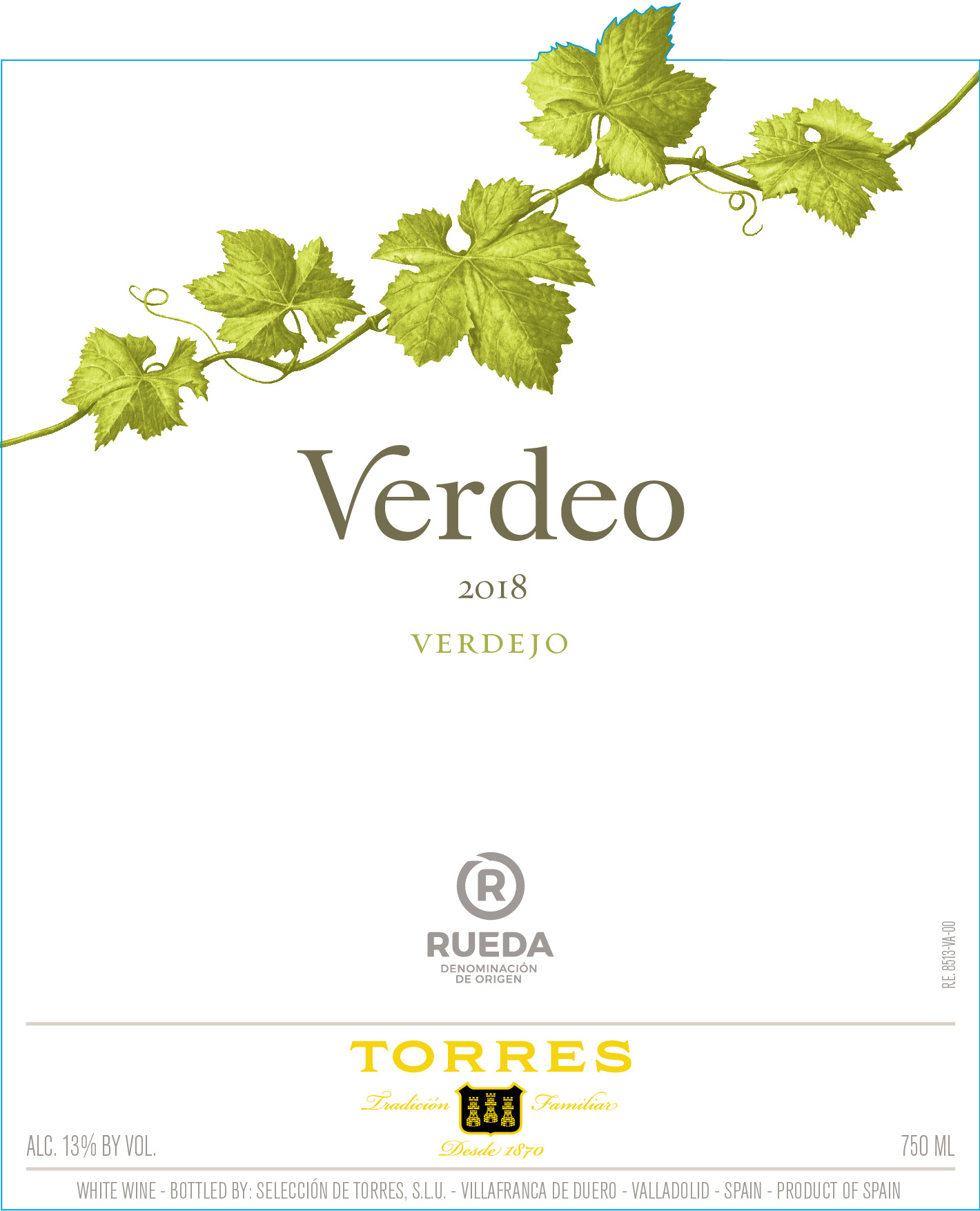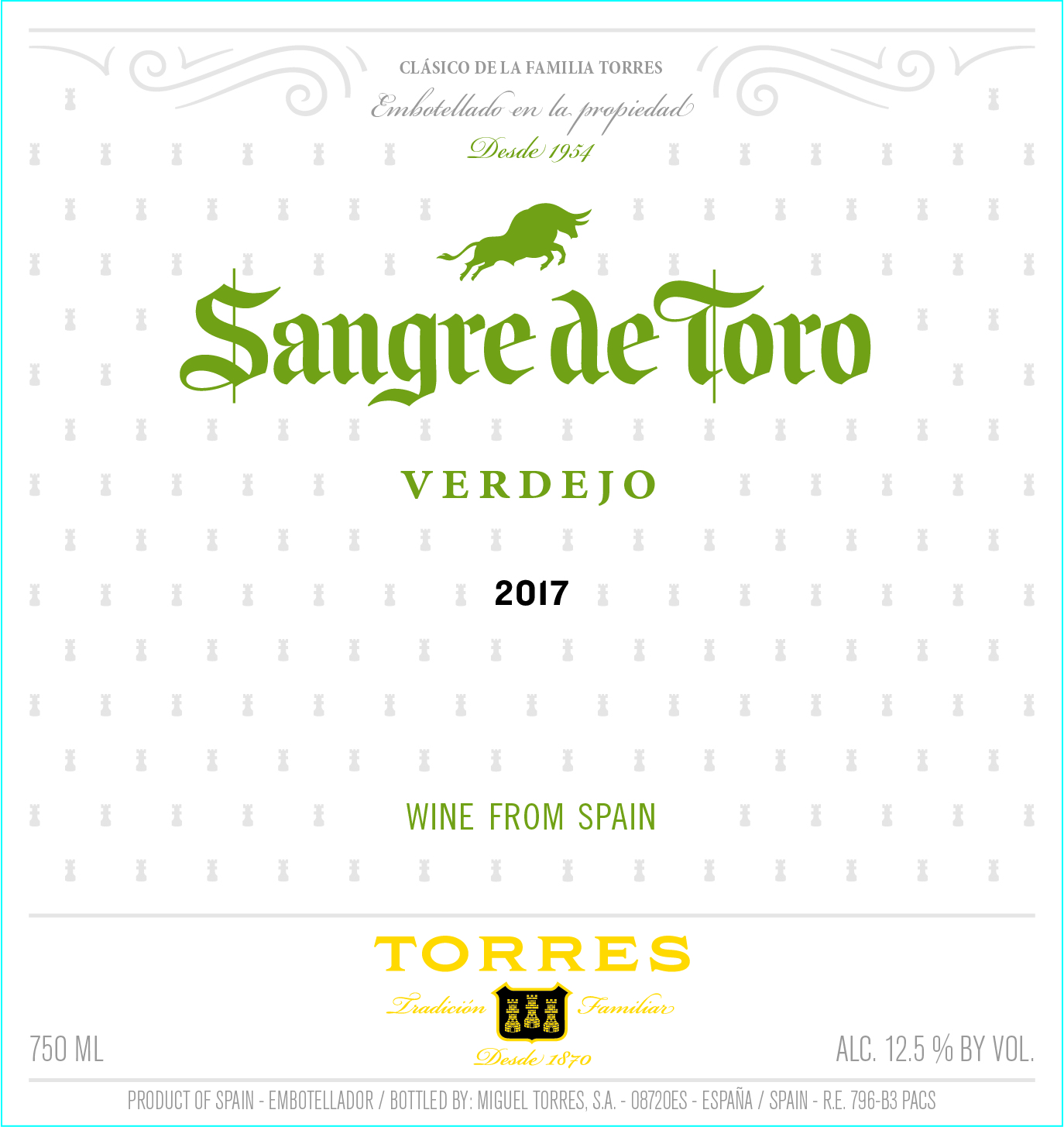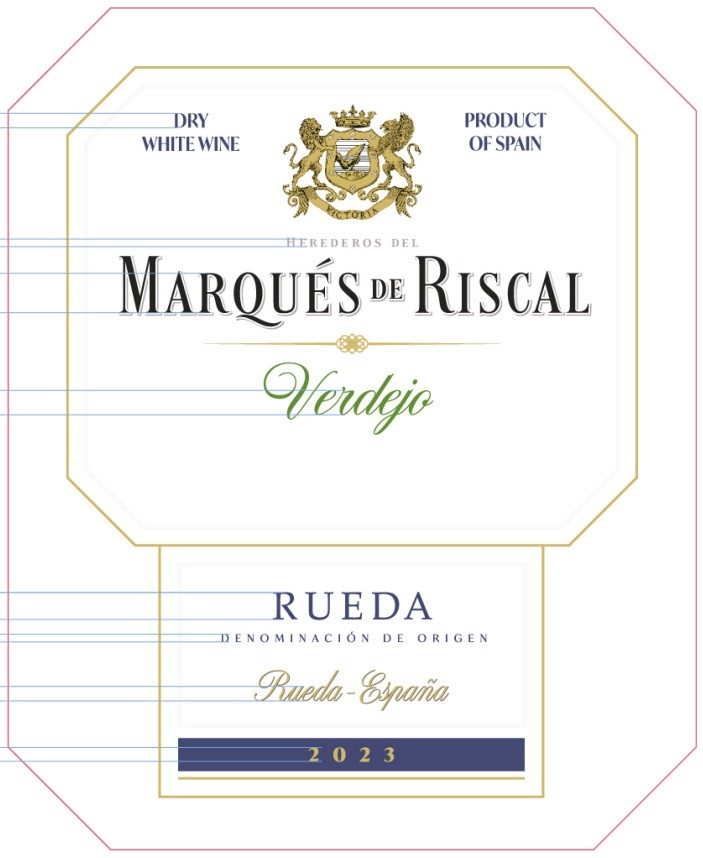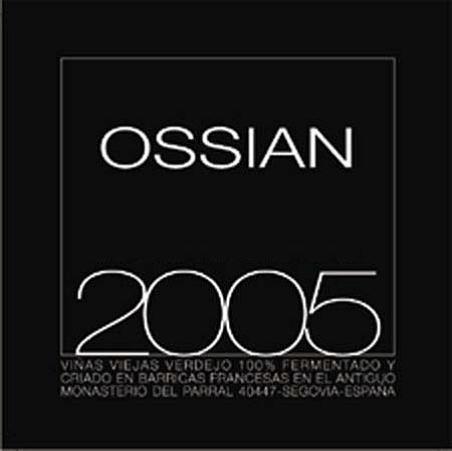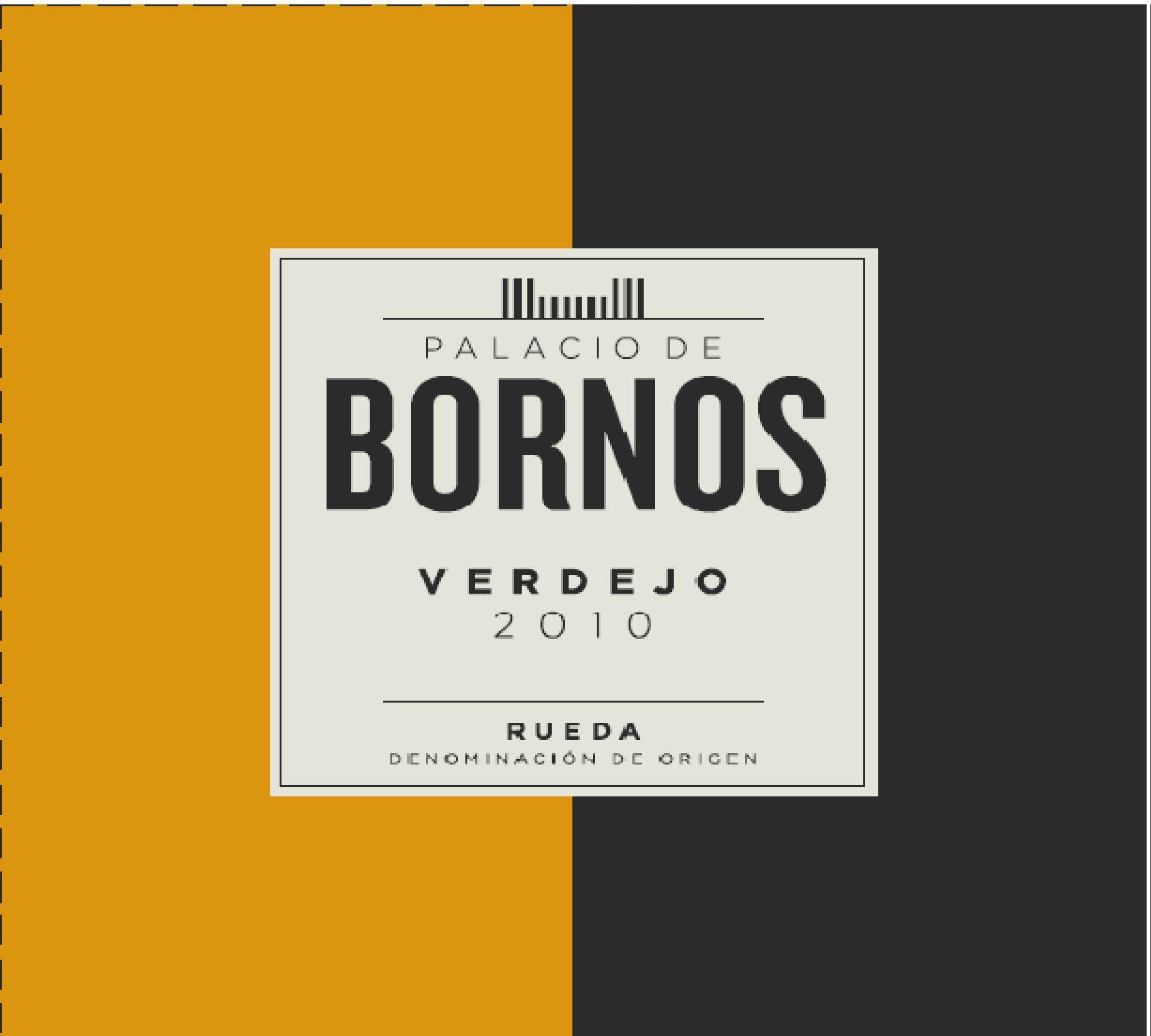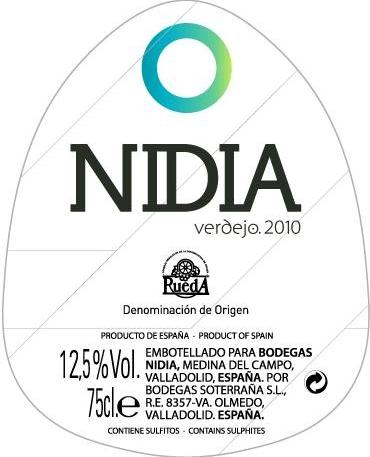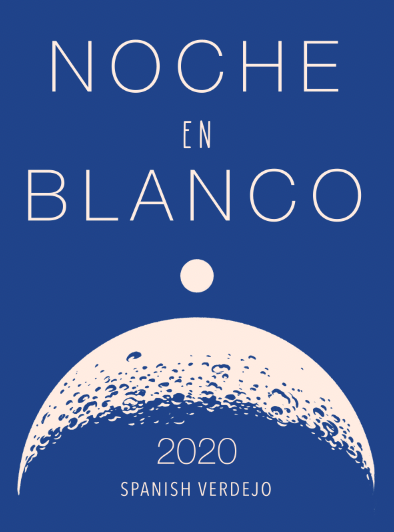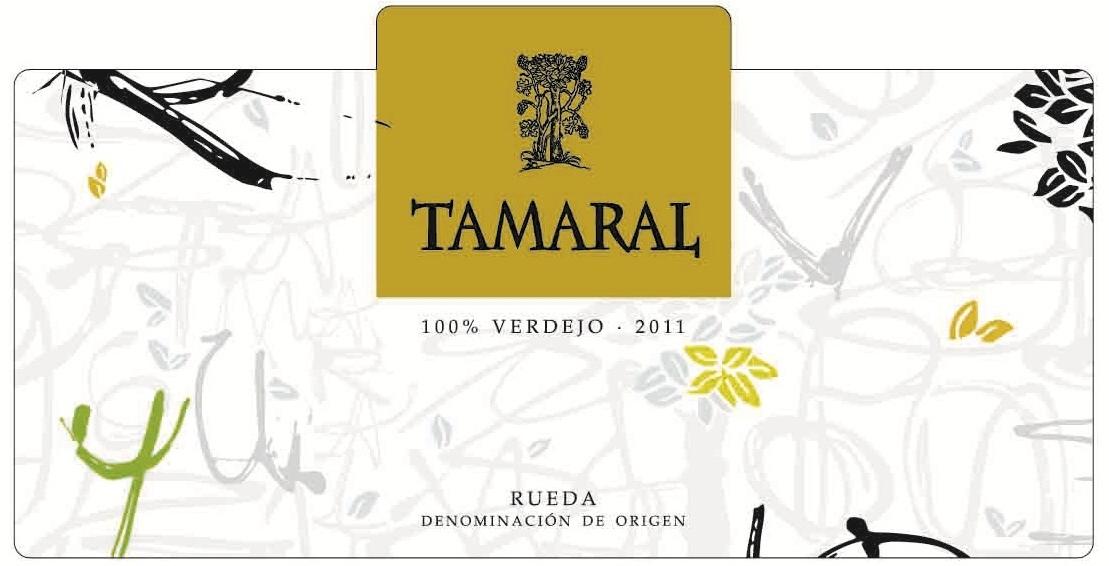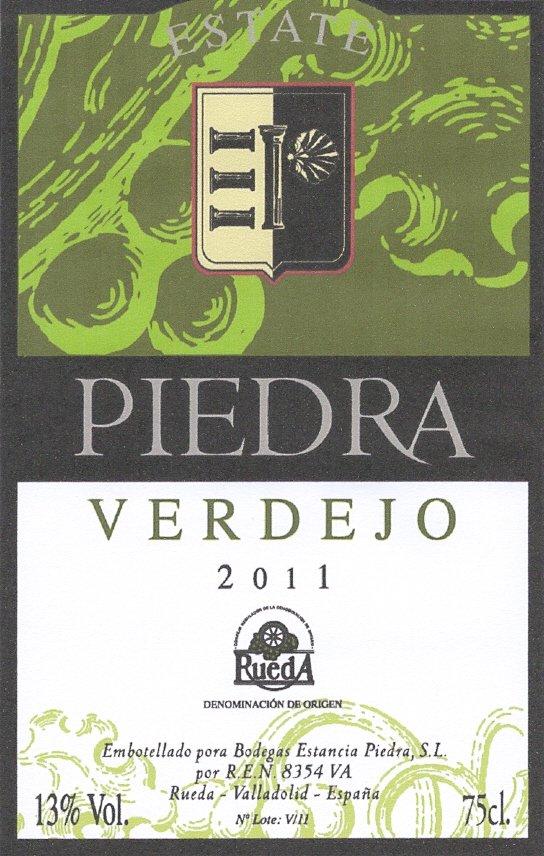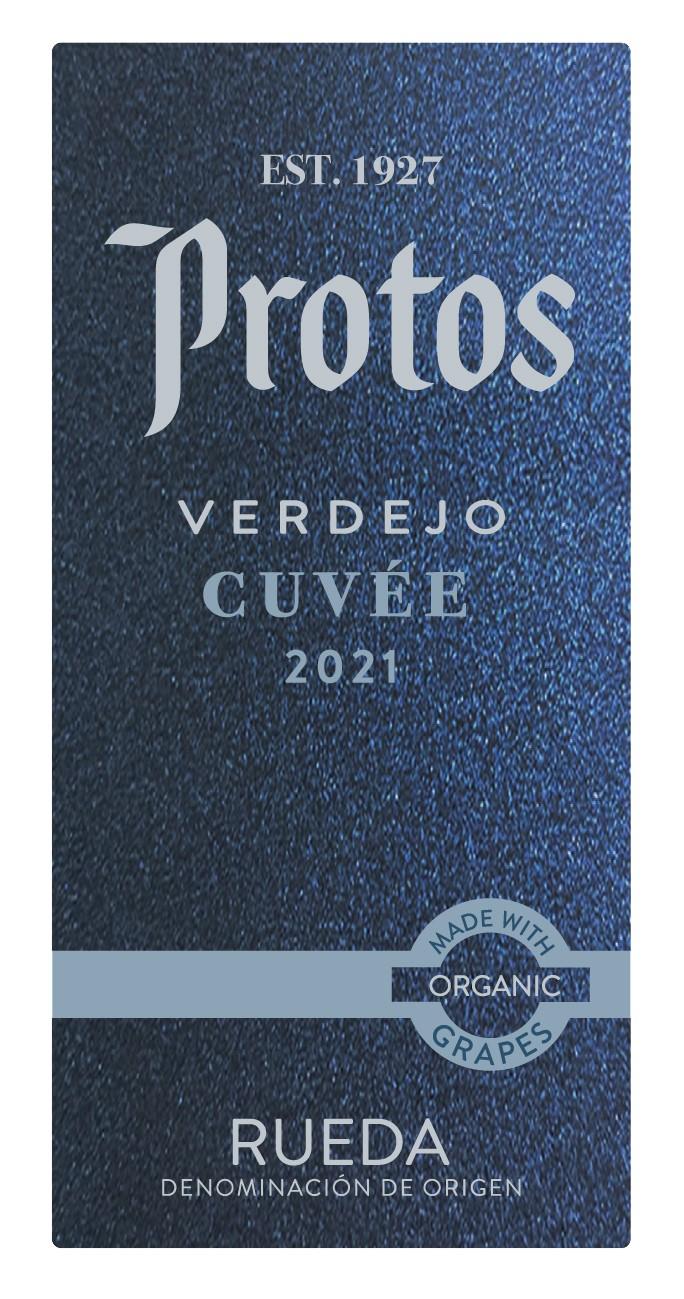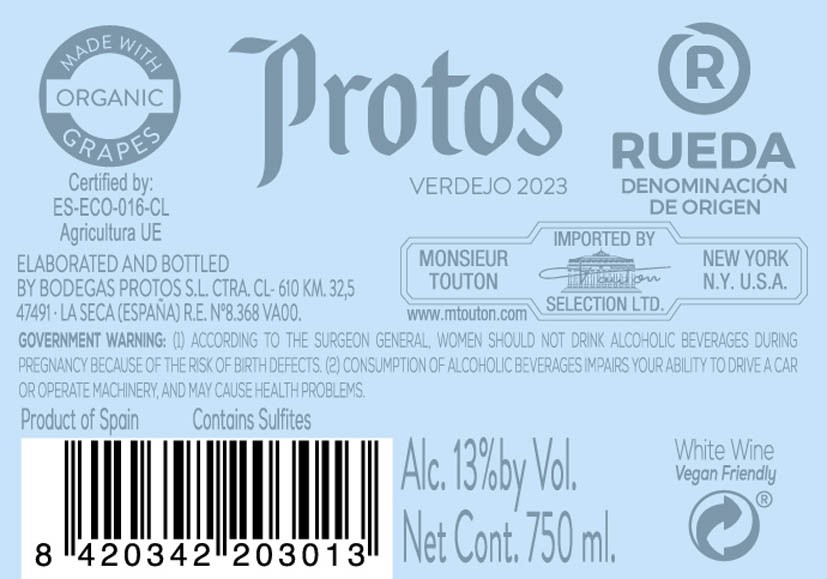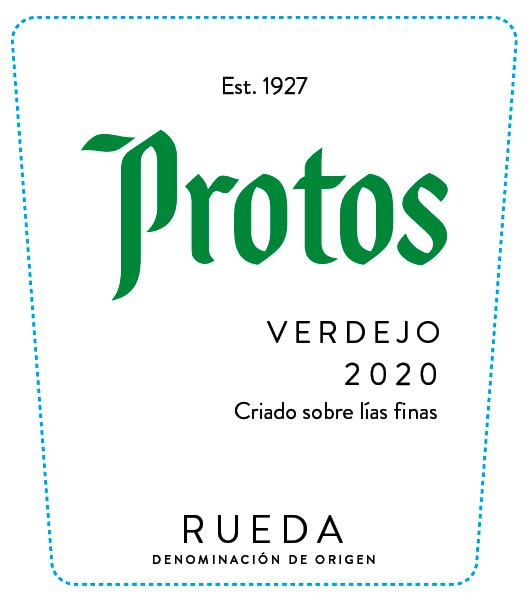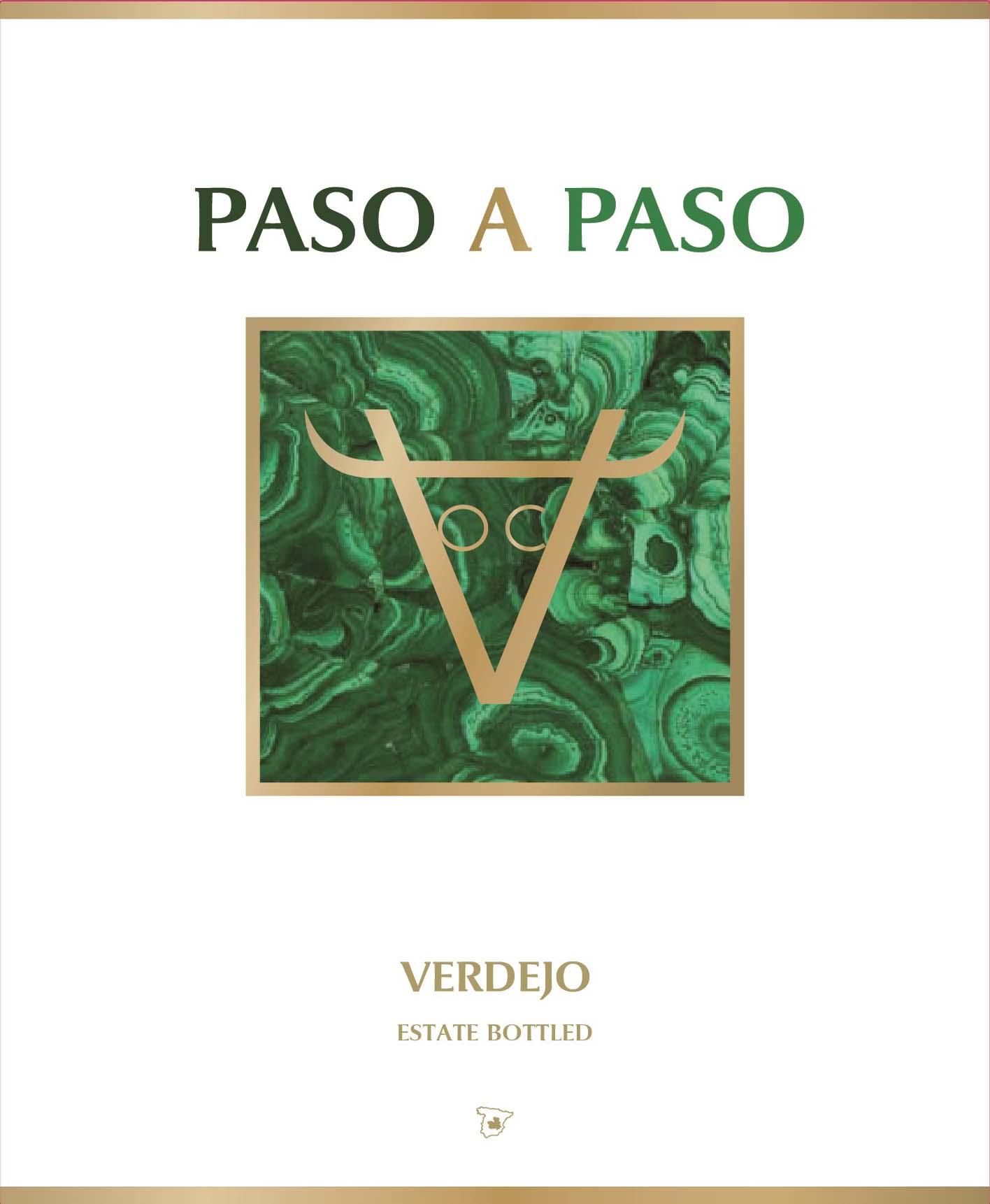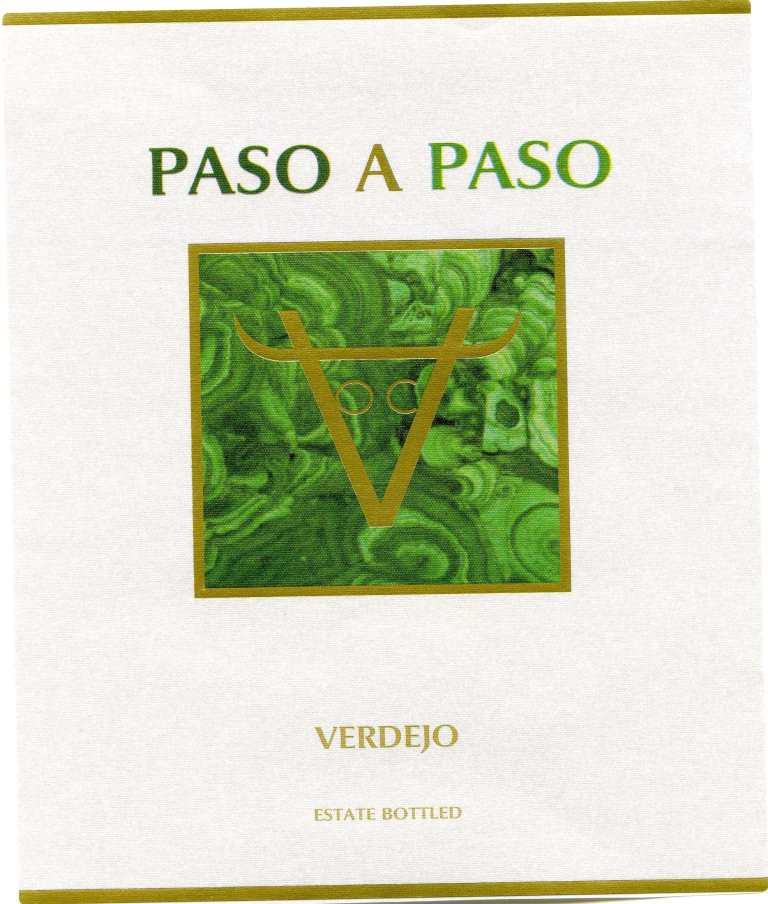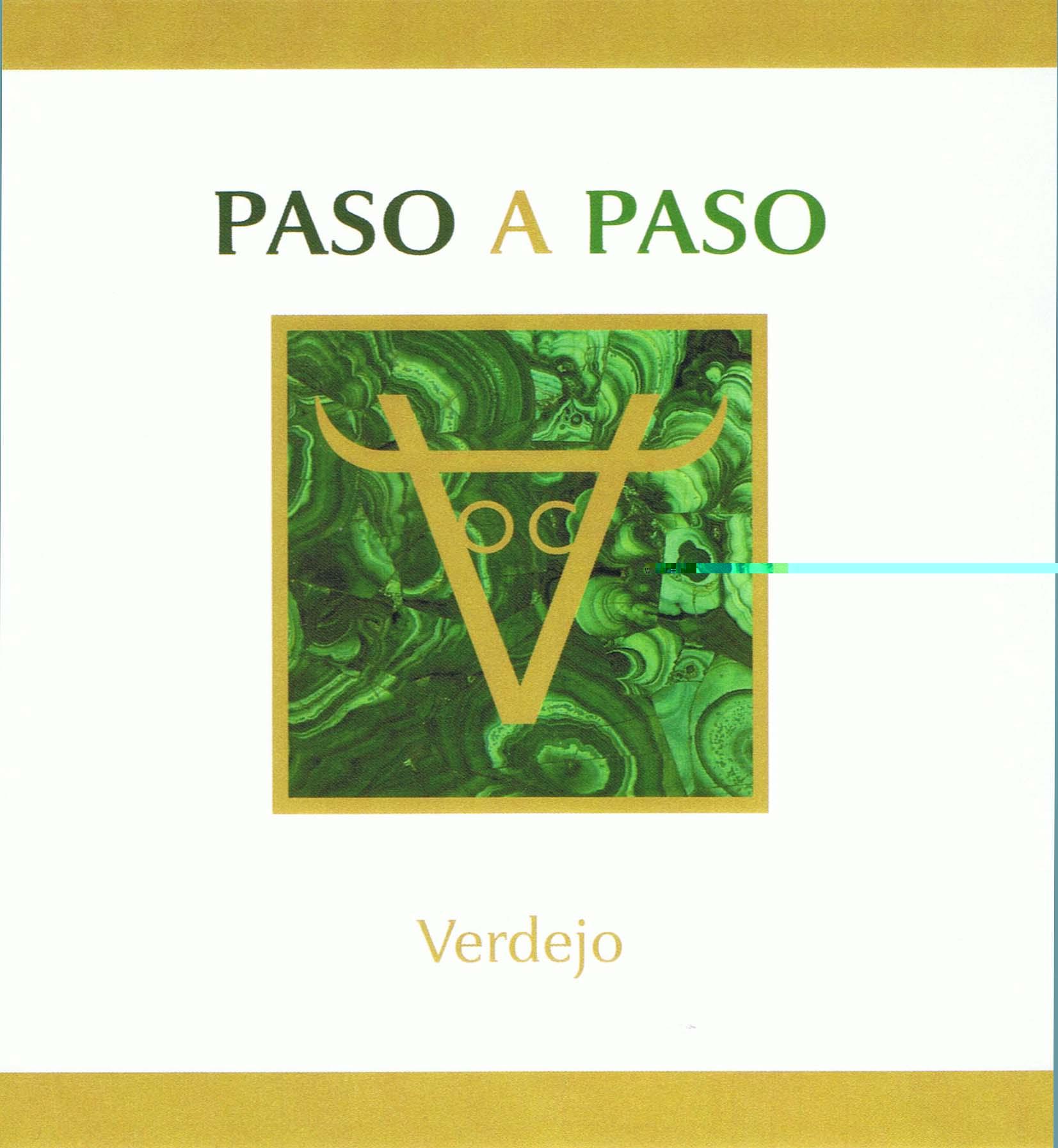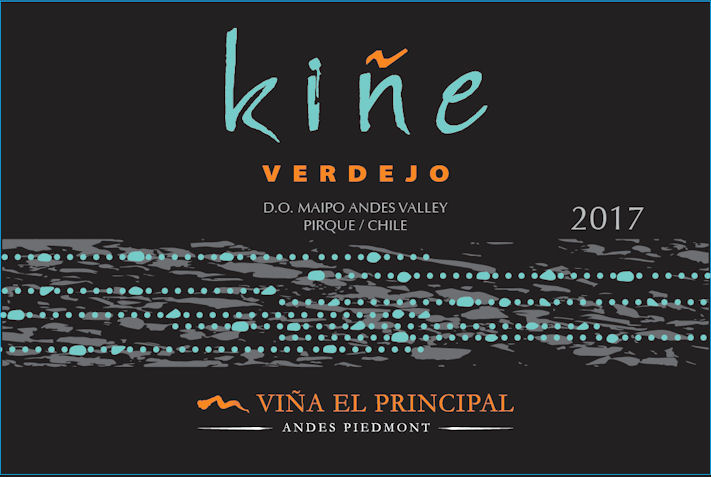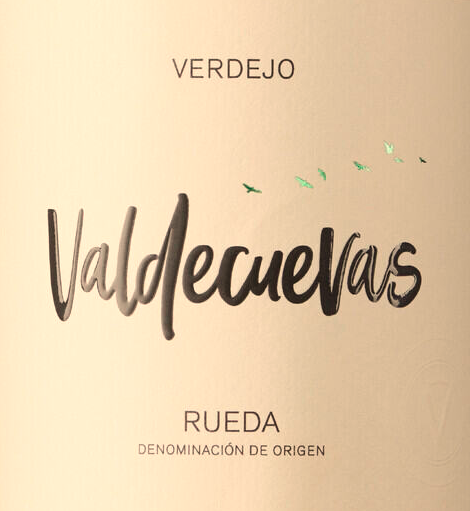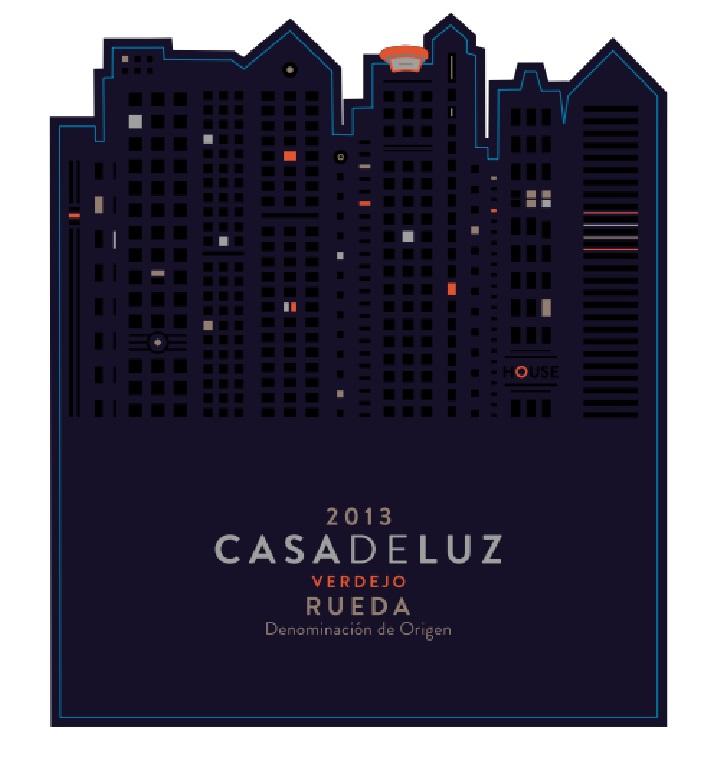Characteristics of Verdejo
Verdejo (pronounced vehr-DAY-ho) is a white grape variety that truly reflects its Rueda origins, offering a vibrant, aromatic profile that sets it apart from other Spanish whites.
In the glass, Verdejo bursts with lively citrus, green apple, and stone fruit notes, often backed by hints of fresh herbs and a signature almond-like bitterness on the finish.
Its naturally high acidity keeps the wine crisp and refreshing, while the grape’s thick skins contribute to its distinctive aromatic intensity and subtle texture.
Most Verdejo is made in a clean, unoaked style, but some producers experiment with lees aging or oak, adding extra body and layers of nutty or honeyed complexity.
What Does Verdejo Taste Like?
Verdejo’s profile is layered and expressive, with classic Rueda examples offering citrus notes—lime, lemon, and grapefruit pith—alongside green apple, pear, green melon, and distinctive herbal tones such as fennel and cut grass.
Aromatic complexity is heightened by hints of tangerine zest, bay leaf, white pepper, and delicate floral notes like honeysuckle and chamomile, all anchored by the region’s signature wet stone minerality.
Winemaking techniques such as lees stirring or oak aging can impart a creamier texture, subtle brioche, toasted almond, or vanilla nuances, enhancing the wine’s depth.
Notably, well-crafted Verdejo has the capacity to evolve intriguingly with bottle age, developing honeyed and nutty characteristics rare among aromatic whites.
Notable Region Verdejo Grows In
The character and quality of Verdejo are shaped by its regional origins, with a few key areas standing out for their strong connection to the grape and the distinctive styles they produce.
-
Rueda (Spain): The heartland of Verdejo, where high-altitude vineyards and marked diurnal shifts create vibrant, aromatic wines with signature freshness and complexity.
-
Castilla-La Mancha (Spain): Known for larger plantings focused on volume, this region produces more approachable, everyday expressions of Verdejo.
-
Toro (Spain): A historic neighbor to Rueda, offering Verdejo wines that often show richer textures thanks to the warmer climate and traditional winemaking.
-
Australia: Home to a handful of experimental vineyards, Australia highlights Verdejo’s adaptability, though production remains limited and largely exploratory.
Food Pairings
Verdejo’s lively acidity and subtle bitterness make it an exceptionally versatile partner for a wide range of Mediterranean-inspired dishes.
-
Seafood and Fresh Starters: Verdejo’s crisp citrus notes and refreshing palate are a natural match for grilled fish, shellfish like prawns and mussels, oysters, and delicate dishes such as ceviche or seafood paella, where the wine’s acidity lifts and brightens the fresh flavors.
-
Salads, Cheeses, and Tapas: The wine’s herbal undertones and vibrant structure pair beautifully with salads dressed in vinaigrette, tangy goat cheese, and classic Spanish tapas like olives, almonds, prosciutto, and Manchego, allowing the wine to balance salty, tangy, and herbal elements with ease.
-
Poultry, Vegetables, and Light Mains: Verdejo complements lighter proteins such as bacon-wrapped chicken and subtly seasoned pork, as well as vegetarian dishes featuring grilled vegetables and fresh herbs; its acidity and gentle bitterness refresh the palate, even standing up to mildly spicy dishes or those with Mediterranean herbs.


